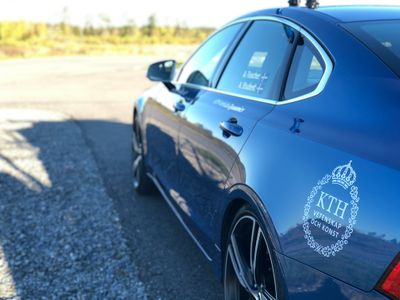The course is a lab based course, meaning that the students will have theoretical sessions followed by practical lab assignments based on the theoretical sessions.
There will be three laboratory assignemnts in the course
- Longitudinal Dynamics, Slip Control (Brake/Traction).
- Lateral Dynamics, State estimation (Estimating vehicle side slip).
- Vertical Dynamics, Control of active damping (Sky-hook/Ground-hook).
